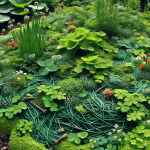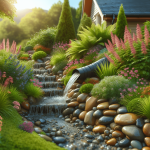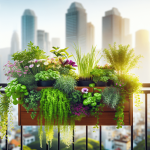This post may contain affiliate links. As an Amazon Associate, we may earn commissions from qualifying purchases.
Have you ever wondered how you can create a beautiful, productive garden while also doing your bit for the environment? Building a raised garden bed from recycled materials is the way to do it. Not only will you save money, but you’ll also help reduce waste. Plus, you’ll have the satisfaction of transforming what seems like junk into something useful and even beautiful. It’s like a grown-up version of a craft project, and let’s be honest, who doesn’t enjoy a good DIY challenge now and then?
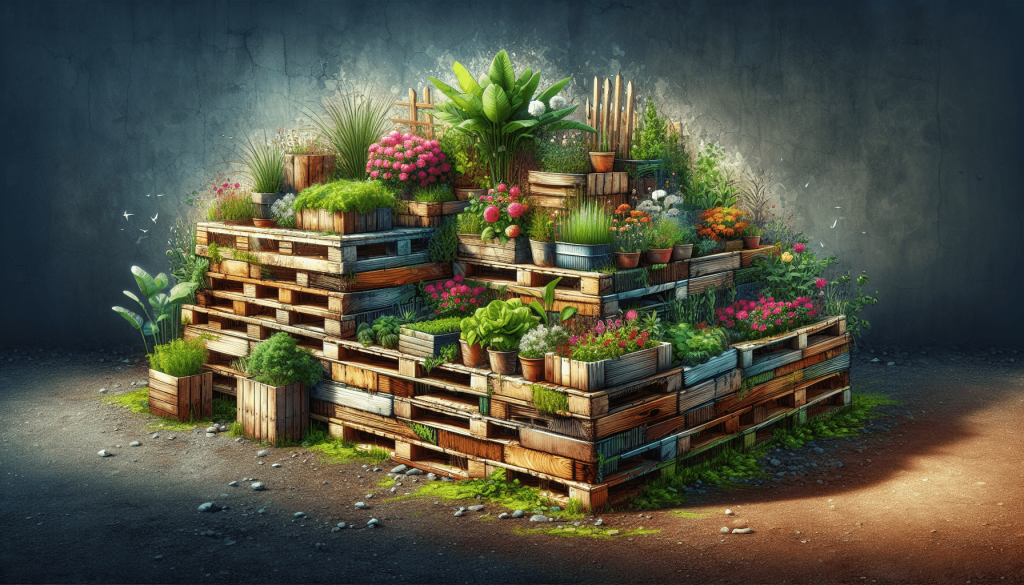
Why Choose a Raised Garden Bed?
Ease of Maintenance
You might be asking yourself, why should I go through the trouble of building a raised garden bed when I can just plant directly in the ground? Well, for starters, raised garden beds are a lot easier to maintain. Think fewer weeds, better drainage, and less back-breaking work. Imagine spending your summer weeding less and harvesting more. Sounds dreamy, doesn’t it?
Improved Soil Quality
In a raised garden bed, you control the soil environment. Instead of fighting with rocky or clay-like soil, you can fill your bed with rich, nutrient-laden dirt that’ll have your plants doing happy cartwheels. If plants did cartwheels, of course.
Versatility
Another benefit is versatility. You can place a raised garden bed pretty much anywhere—your backyard, balcony, or even your driveway. Got a sunny spot above some poor, dismal concrete? Perfect for a raised garden bed.
Choosing Your Recycled Materials
Wood
First on the list is wood. It’s sturdy, reasonably easy to work with, and often plentiful. Got an old pallet lying around? Or maybe an unused piece of furniture? These can be disassembled and repurposed into the sides of your raised bed.
Pros of Using Wood:
| Advantages | Disadvantages |
|---|---|
| Easy to find | Can rot over time if untreated |
| Simple to work with | May harbor pests |
Metal
Metal might not be the first material that comes to mind, but think old roof sheets, pipes, or even an old water tank. It adds a rustic, industrial look to your garden and is incredibly durable.
Pros of Using Metal:
| Advantages | Disadvantages |
|---|---|
| Highly durable | Can get very hot in the sun |
| Pest-resistant | Not as easy to modify |
Concrete Blocks
Concrete blocks or bricks are practically indestructible and can be excellent for building a raised garden bed. They provide good insulation for soil, although they might not win any beauty contests without a little paint or some creative arrangement.
Pros of Using Concrete Blocks:
| Advantages | Disadvantages |
|---|---|
| Extremely durable | Heavy to move and arrange |
| Excellent insulation | Can be visually unappealing |
Plastic
Plastic containers, barrels, or even large, plastic flower pots can be repurposed. The key is making sure they haven’t previously stored anything toxic. With a little creativity, these materials can be given a new lease on life.
Pros of Using Plastic:
| Advantages | Disadvantages |
|---|---|
| Lightweight | Can degrade under UV light |
| Easy to clean | May not be as sturdy |
Other Materials
Is your imagination still running wild? Good! There are endless possibilities—old tires, wine crates, glass bottles. Just ensure whatever you use is safe for growing food.
Preparing Your Site
Selecting the Spot
So, you’ve gathered your materials and are itching to start building. First, you need to decide where to place your raised garden bed. Pick a sunny spot—most vegetables need at least six hours of direct sunlight. Also, think about accessibility. You don’t want your garden tucked away in a corner you can’t easily reach.
Clearing the Ground
Before you start building, clear the area. Remove any rocks, roots, or debris. You might also consider laying down cardboard or newspaper to suppress weeds. These materials will eventually decompose and enrich the soil, giving you a head start on fertility.
Building the Frame
Measuring and Cutting
Measure twice, cut once—an old carpenter’s adage that couldn’t be more relevant here. Whether you’re using wood, metal, or concrete blocks, measure your pieces carefully. The standard height for a raised garden bed is about 12-24 inches. Width-wise, aim for no more than four feet. Any wider, and it becomes tough to reach the center from the sides.
Assembling the Frame
Place your pieces on the ground in the shape of your bed. Use screws or nails to join wooden pieces. For metal, consider using brackets or welding, if you have the know-how. If you’re using concrete blocks, just stack them neatly. For added stability, consider using rebar or stakes at the corners.
Securing the Frame
Once your frame is assembled, ensure it’s level. Use a spirit level if you have one. This step is crucial because uneven beds can cause poor water distribution. Fill in any gaps with dirt or small rocks to ensure stability.
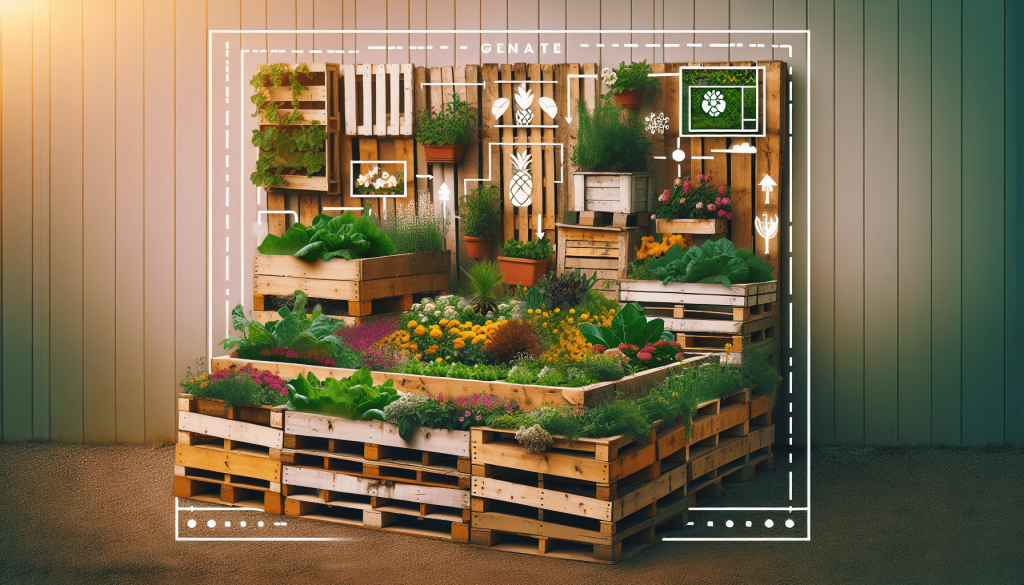
Filling the Bed
Layering Materials
Start with a base layer of coarse material like small branches or straw. This improves drainage. Then, add a layer of cardboard or newspaper to keep weeds at bay. On top of that, pile in your chosen soil mix. A blend of compost, topsoil, and sand usually works well. Fill the bed to about an inch from the top to allow room for watering.
Mixing in Nutrients
Add in some organic matter like compost or well-rotted manure. This enriches the soil and provides essential nutrients for your plants. Mix these in thoroughly. Pro tip: Don’t just dump your compost in the middle. Spread it evenly for consistent nutrient distribution.
Planting
Choosing Plants
Now comes the fun part: planting! Consider what you eat most frequently or what grows well in your climate. Beginner-friendly options include tomatoes, lettuce, and herbs. These plants are generally hardy and forgiving.
Planting Techniques
Follow the spacing recommendations on your seed packets or plant tags. Overcrowding can lead to disease and poor growth. Dig small holes, place your plants or seeds, and gently cover them with soil. Water them in to help settle the soil around the roots.
Maintaining Your Raised Garden Bed
Watering
Raised garden beds generally need more water than traditional gardens. The soil dries out faster, especially during hot weather. Make sure to water deeply, aiming to moisten the soil about six inches down.
Mulching
Mulch helps retain moisture and suppress weeds. Organic mulches like straw, leaves, or grass clippings work well. Spread it evenly over your garden bed to a depth of about 2-3 inches.
Fertilizing
Even the richest soil will eventually need some additional nutrients. Organic fertilizers, like compost tea or fish emulsion, are great options. Follow the instructions for amounts and frequency.
Pest Control
Consider using natural pest control methods. Companion planting—growing certain plants together to deter pests—is an excellent strategy. For instance, marigolds can help keep aphids away from tomatoes. Hand-picking pests and using barriers can also be effective.
Weeding
Although raised beds usually have fewer weeds, you’ll still need to pull a few now and then. Regularly check for weeds and remove them by hand.
Seasonal Care
Spring
Spring is planting time. Make sure your soil is ready and start planting early crops like radishes and peas. Keep an eye on weather forecasts; young plants might need protection from a late frost.
Summer
During summer, focus on maintaining moisture and watching for pests. Harvest regularly to encourage more production. It’s also a good time to plant a second crop for late summer or early fall harvest.
Fall
In the fall, clear away plant debris and add a layer of compost. You might want to plant cover crops like clover to add nitrogen to the soil over winter. They prevent soil erosion and help prepare your bed for spring.
Winter
If you live in a mild climate, you can grow winter crops like spinach and kale. Otherwise, cover your bed with a layer of leaves or straw to protect the soil from heavy rains and snow.
Troubleshooting
Soil Hardening
If your soil starts to compact, it can restrict water and root penetration. To fix this, loosen it with a garden fork and add some organic matter to improve its texture.
Poor Drainage
If water is pooling, you might have a drainage issue. Make sure your base layer is coarse enough. Consider adding more coarse material or adjusting your bed’s location.
Pest Infestation
Overrun by pests? Neem oil and insecticidal soaps can be effective. Remember, a healthy garden with diverse plants is less likely to have severe pest problems.
Plant Disease
Fungal diseases and other plant issues can often be controlled with good watering practices and by removing affected leaves promptly. If a plant is severely affected, removing it might be the best option to protect the rest of your garden.
Safety Tips
Handling Tools and Materials
When working with tools and materials, prioritize safety. Wear gloves to protect your hands from splinters, sharp edges, and dirt. Goggles are helpful if you’re cutting wood or metal, and a dust mask can be essential when dealing with fine particles.
Safe Planting Practices
Be cautious with any materials that may have been treated with chemicals. If you’re reusing old wood, make sure it’s not pressure-treated or painted with lead-based paint. This is particularly important if you plan to grow food crops.
Staying Hydrated and Protected
Working in the garden is fun but can also be physically demanding. Take regular breaks, stay hydrated, and don’t forget sunscreen or protective clothing to shield yourself from the sun.
Final Thoughts
Building a raised garden bed from recycled materials can be incredibly rewarding. It’s not just about growing your own food but also about the joy of giving new life to old, discarded objects. With a bit of creativity and effort, you can create a garden that’s not only functional but also uniquely yours.
Whether you’re a seasoned gardener or a newbie, this project offers a wonderful opportunity to get your hands dirty and do something good for both the environment and your dinner table. So go on, gather your materials, roll up your sleeves, and enjoy the fruits (and veggies) of your labor.

